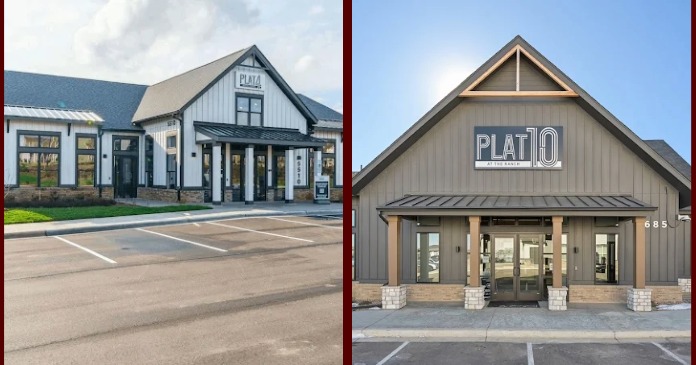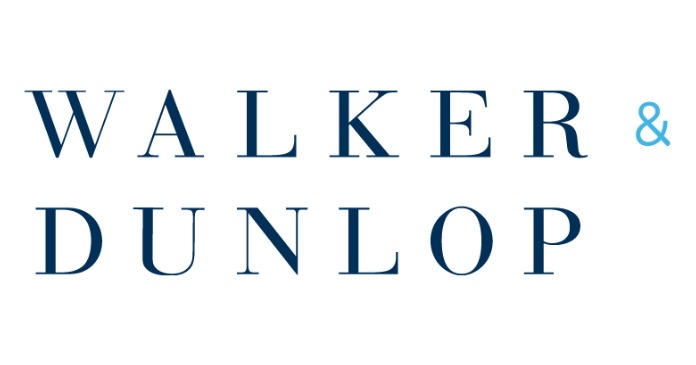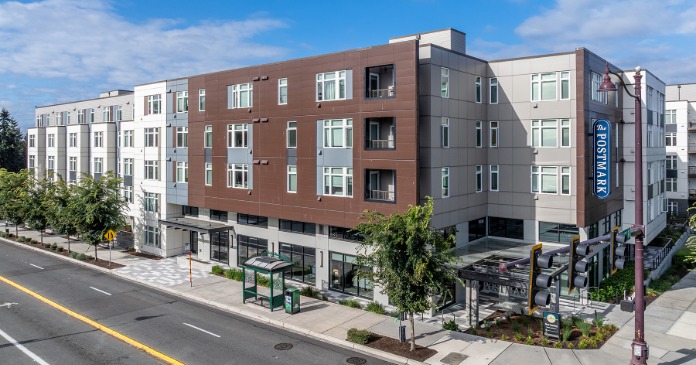If you need proof that the brouhaha between Historic Restoration Inc., and some locals was a big story for this New Orleans development company, maybe the proof is that HRI’s $300 million project got newspaper coverage far, far away from home. That’s what happened in April 2003 when the New York Times devoted more than a full page of ink to a turf war that linked the well-respected and well-known development company, the nation’s biggest retailer, a federal agency, the local housing authority, opponent preservationists, and then some. It was a story of intrigue, with accusations of unethical business practices and envy, as steamy as a hot bayou night.
The abbreviated version of HRI’s most recent controversy is straightforward. It had already been praised for demolishing the 5,000-resident, crime-infested St. Thomas public housing project where it planned to build mixed-income housing, which inherently drew flak. New opposition erupted when a preservation group opposed HRI’s plan to build a Wal-Mart at the site.
Now the fight turned to the big box retailer, and the media was the arena in which it was fought. HRI’s CEO, Pres Kabacoff, sought Wal-Mart to fill a $20 million gap in tax incremental financing and saw the retailer’s presence as a way to revitalize the local economy. But local retailers and their supporters, fearing their interests were threatened, didn’t share his vision. For HRI, it was a significant battle that had to be won because Wal-Mart was the linchpin to HRI’s financing. The public battle was fought for over a year. HRI held daily strategy sessions.
To his credit, Kabacoff knows how to work the media and survive what’s hurled at him. He attributes his success to several factors, his personal ease and openness, his company’s reputation and smart strategy. Those strategies include getting testimonials from well-placed supporters willing to go public with their endorsements, and, having a few key staff people, among them a public relations consultant and a former city mayor, capable of working the media in his place. HRI also keeps a paper trail, documenting every event and action so there is an easily accessible chronology that includes testimonies, proceedings, briefs, presentations, newspaper articles and lists.
“My approach is very open and I don’t like ‘No comment.’ I will admit during the course of this, our staff suggested it was so hot that I was a lightning rod and the more that I appeared in the media, the more excited people got, so I backed off and others spoke for me. I was never comfortable with advice to stay away from the news media and chose to get back in. Recently, we figured that with the second phase of the development we would again go to the media, explain what we planned and invite friends and opponents to comment,” Kabacoff said.
According to Kabacoff, HRI’s strategies were like a political campaign. He tipped his hat to opponents who waged part of their war in a new arena, the Internet. “Hats off to our opponents who used technology to their advantage, making a small minority very effective,” he said. “They’d do anything to kill the project, so we fought back. We called real estate professionals, sociologists and others around the country so we could demonstrate through third party endorsements that we were embarking on a beneficial project.”
Among those whose opinions were sought was the dean of the University of New Orleans Business School and David Rusk, an internationally-known planner who could comment on land use and concentrations of poverty. Kabacoff had also attended a Tulane University presentation by noted Harvard professor Michael Porter, an inner-city economic strategist. Why? “You have to understand what works and do copious research about revitalization,” said Kabacoff, an advisory board member of Brookings Institute’s Center on Urban and Metropolitan Policy, one of the nation’s first public policy research organizations, and a trustee of the Committee for Economic Development, a national policy maker.
Getting endorsements was essential, but by no means an easy task, Kabacoff admitted. “There was a feeling among the business community, religious organizations, civic groups and the educational community that the criticism we got was illegitimate, but people don’t like to stick their necks out in a controversy. We had to work diligently to have them stand up for us.” When all was said and done, a former state governor (now developing the continuing care community component of the project), the chancellor of the University of New Orleans and the presidents of Tulane and Dillard University were among those who publicly backed the project.
“There were probably 100 hours of cable TV coverage of the proceedings before the various commissions to get this project through and we got every university president to speak publicly, plus, leaders of the chamber of commerce and heads of major religious organizations and active citizens spoke against our vitriolic opponents. It was contentious and excitable but we have an outstanding local and national reputation for revitalization projects and I have been civically involved in providing important community services,” Kabacoff said.
To enlist support, HRI held more than two dozen meetings with residents, planning commission staff members, merchants, preservationists and others with an interest in the Wal-Mart proposal. HRI also hired a pollster and local political analyst to assess support for the project and used the information it gathered to justify their development plan.
“To a large degree, early on, we did not have the support of the daily newspaper The Times Picayune,” said public relations consultant Danae Columbus. “We did visit the city’s weekly business publication, The CityBusiness, Gambit, a local magazine, and the major black-owned and controlled weeklies, and we got favorable support. It was an ongoing effort that included an advertising campaign in which we bought space in The Times Picayune (the major daily) to get our message out.”
“For us, it wasn’t just a local fight. We had to react to issues that appeared in The New York Times and The Wall Street Journal. Our reputation was at stake and we could get hurt,” said Kabacoff. “We view media as a partner and we respect and communicate with them. You just can’t win them all. If you believe human nature is good, and people will respect rational efforts, and you believe you are doing the right thing, hang in there until you effectively communicate.”
What Kabacoff learned, if he didn’t know it already, was that if you wait long enough and work hard enough, the tide will change. The Wal-Mart store is scheduled to open in August and a 1,200-unit mixed-income community is underway. On January 8, Kabacoff and HRI again made news in the region’s daily newspaper, but this time the front page story praised the St. Thomas site plans.
Author: Barbara Kreisler















